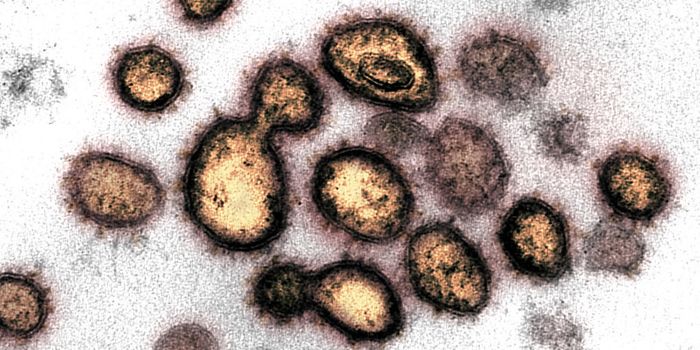For as long as civilization has existed, the enjoyment of fermented drinks has been a part of various cultures and traditions. Yeasts that are used to produce beer and wine were domesticated hundreds of years ago in the 16th century; that is nearly a century before microbes had even been discovered. A research team led by yeast expert Kevin Verstrepen of the Center of Microbial and Plant Genetics at VIB-KU Leuven and a group of bioinformatics scientists led by Steven Maere of VIB-Ghent University worked in collaboration with US researchers to characterize the genomes and fermentation features of over 150 yeasts that are used in the production of various breads, beers and wines.
Reporting in Cell, the researchers have demonstrated that the yeasts used in industry have been unconsciously selected to tolerate industrial environmental conditions. The graphical illustration of their abstract is shown above. Variants that can consume certain kinds of sugar and create desirable flavors have been chosen and propagated. Beer yeasts have also totally domesticated, likely as a result of living in good conditions in perpetuity inside a brewery and losing all connection to their wild counterparts.
Kevin Verstrepen explains, "The ancestors of the hundreds of different yeasts on the market today have been selected in the 16th century. Ancient brewers, winemakers and bakers often practiced 'backslopping', a technique where a small part of a previous well-fermented dough or brew was kept apart to mix it with a new batch, to make the fermentation process quicker and more consistent. Without realizing what they were doing exactly, these ancient craftsmen were effectively selecting and transferring yeast cultures from one batch to the next, allowing the microbes to continuously grow and adapt to man-made industrial environments."
To assay a wide variety of samples, an American company that sells myriad yeasts to craft brewers was brought in on the project. Yeast strains that were amenable to growth in industrial conditions were selected. For example, yeasts used for bottle conditioning - a method of carbonation - are able to withstand high alcohol concentrations, something obviously important to strong beers. Steven Maere commented, "The consequences of four centuries of domestication were very clear in the DNA of industrial yeasts. In beer yeasts for instance, specific genes have often been amplified or deleted to optimize growth in beer fermenters and beer taste."
Researchers Brigida Gallone of VIB-KU Leuven-UGent and Jan Steensels from VIB-KU Leuven added, "Interestingly, although wine yeasts share their origins with beer yeasts, they show fewer signs of domestication. This is probably because wine yeasts are only used to ferment grape juice once a year, and survive in and around the winery for the rest of the year, where they may interbreed with feral yeasts. In that sense, beer yeasts are like dogs, completely "tamed" and adapted to their relation with humans, whereas wine yeasts resemble the wilder character of cats."
This work will help us understand the ways in which humans have influenced the genetics and evolution of the industrial yeasts of today. It also provides insight into how better yeast variants can be bred, something the scientists are putting into practice as they find the beneficial portions of various genetic regions.
"Mapping out the genome structure of yeasts in food or drinks, allows us to better understand the mechanics and applications of yeasts. As a result, it opens up new possibilities to breed yeasts to enhance flavors, aromas or conservation techniques," Verstrepen concluded.
If you’d like to know more about bottle conditioning, watch the video above.
Sources:
AAAS/Eurekalert! via
VIB Life Sciences,
Cell









